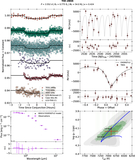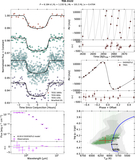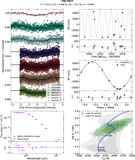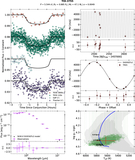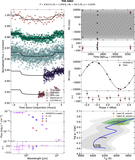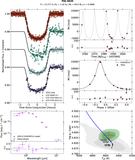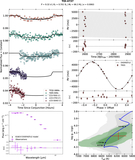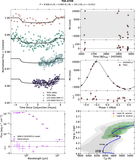Image Details
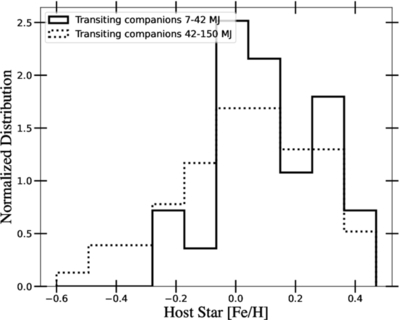
Caption: Figure 15.
The solid-lined histogram depicts the metallicity distribution of transiting companions ranging from 7 to 42 MJ, while the dotted-lined histogram depicts the metallicity distribution of transiting companions from 42 to 150 MJ. Both histograms are normalized such that their areas are equal to 1. There appears to be a slight trend toward higher metallicities for host stars with lower-mass companions. Note, the metallicities shown here are the values cited by their original discovery papers, and hence represent a heterogeneous sample with a variety of different measurement techniques.
Copyright and Terms & Conditions
© 2025. The Author(s). Published by the American Astronomical Society.



